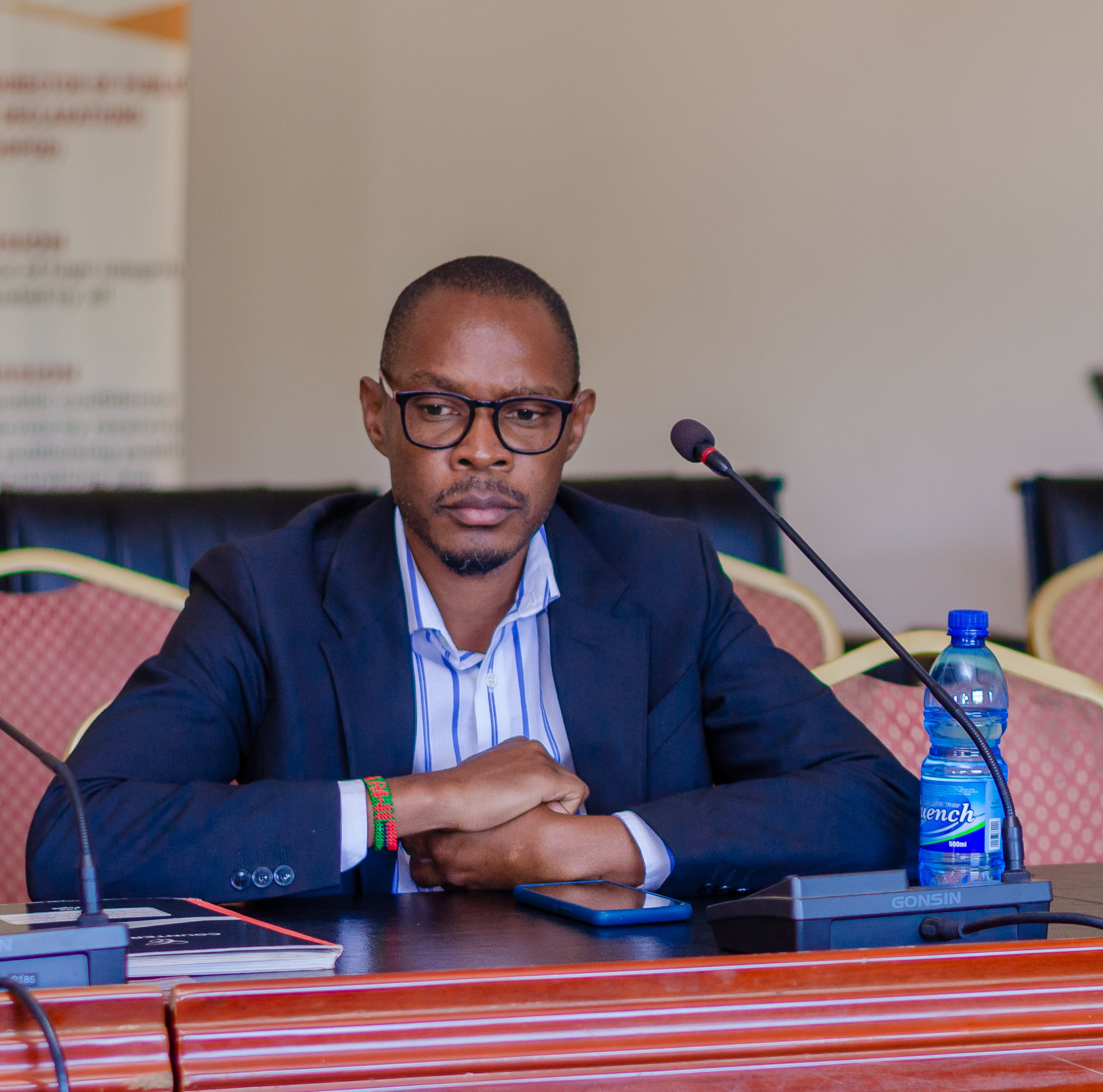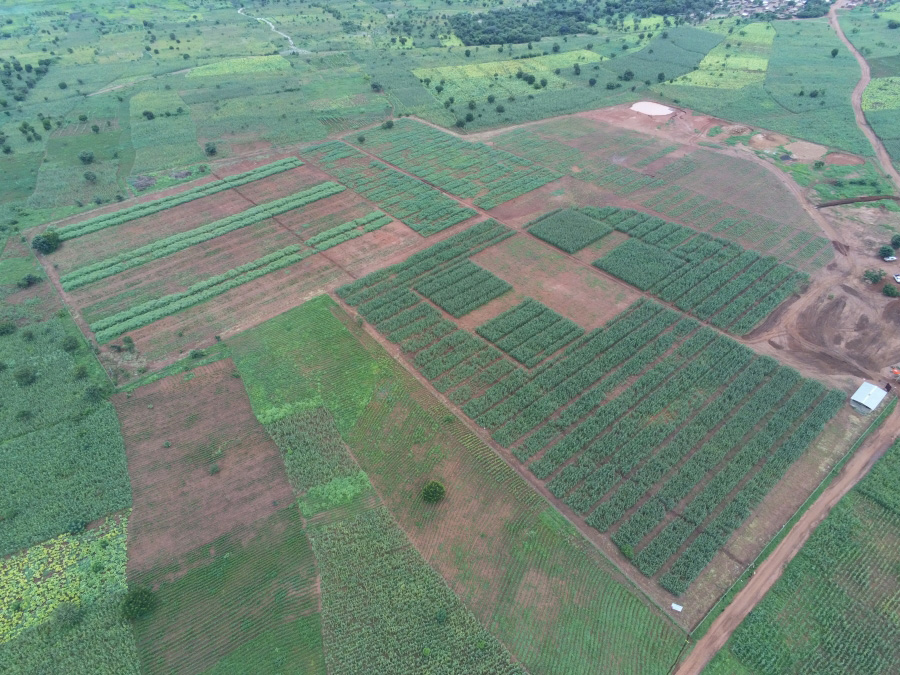By Modester Mwalija
There is substantial progress in a number of energy projects that are being implemented in Malawi in order to increase availability of power in the country, which will help a number of mining projects currently struggling to roll out operations due to lack of power to pass the feasibility test.
This is outlined in the 2023/2024 annual economic report published by the Ministry of Finance and Economic Affairs.
The report says that the government handed over the Kam’mwamba Coal-Fired Power Project to the Electricity Generation Company (EGENCO), after unfulfilled expectations from the EXIM Bank of China. EGENCO has since revised the feasibility study, estimating the project cost at US$600-million.
“The project’s completion, anticipated by 2030, is dependent on securing a joint venture for EGENCO to partner with a 50:50 possible share of the project cost between EGENCO and the joint venture partner,” reads the report.
The report highlights that despite some setbacks, the Mozambique-Malawi 400kV Interconnector Project is now expected to come online in October this year.
The report reads: “The progress achieved at the end of the 2023/24 financial year include compensation pay-outs for Project Affected Persons on the Malawi side and the revision of the Power Purchase Agreement with Electridade de Mozambique (EDM), which will increase power imports from 50MW to 120MW when the project is completed.”
The report also notes that in the period under review, ESCOM and Zambia Electricity Supply Corporation Limited (ZESCO) initiated a joint feasibility study, including Environmental and Social Impact Assessments and a Resettlement and Compensation Action Plan, on the Malawi-Zambia Interconnector which is aimed at integrating Malawi into the Southern African Power Pool (SAPP) by connecting to Zambia’s electricity grid.
“The initial phase will inject 50MW into Malawi’s grid, with the potential for future increases. Both companies have signed the Project Implementation Framework, marking a critical step towards realizing this project,” reads the report.
The report also says that the government is implementing the Mpatamanga Hydropower Project, set to deliver 361MW of clean energy under a Public-Private Partnership (PPP) arrangement.
The achievements in the 2023/24 financial year include incorporation of Mpatamanga Hydro Company Limited; ongoing negotiations for Power Purchase Agreements; Completion and approval of the Project Freeze Designs, continuation of environmental studies; and development of Resettlement Action Plans scheduled for completion by May, 2024.
The report says the government is also prioritizing the rehabilitation of the Kapichira Hydropower Station, which suffered extensive damage from Tropical Storm Ana in January 2022.
Funded by a $60 million World Bank grant, EGENCO successfully repaired all four damaged machines, restoring 129.6MW of power.
The report reads: “Phase I of the restoration is nearly complete, paving the way for Phase II, which will involve constructing a more resilient structure to protect against future storms. This project is crucial for safeguarding Malawi’s energy security, with completion expected by May 2027.”
On integrating solar energy into the national grid, the report says Malawi is implementing a 20MW Battery Energy Storage System (BESS) at the Kanengo substation in Lilongwe. The project, funded by a US$20-million grant from the Global Energy Alliance for People and Planet (GEAPP), reached financial closure in July 2023.
It says installation is expected to be completed by March 2025, providing essential additional services to stabilize the grid.
Furthermore, the report indicates that EGENCO is advancing the Nanjoka Solar Power Plant in Salima, a project expected to contribute 50MW to the national grid by 2029. Following the completion of feasibility studies and environmental assessments, construction began with the installation of an initial 10MW. The project, which had its groundbreaking ceremony in November 2023, marks a significant step towards diversifying Malawi’s energy sources.
As detailed in the report, EGENCO also plans to double the capacity of the Wovwe Hydropower Station from 4.5MW to 9MW. In 2023, the Malawi Environmental Protection Authority (MEPA) approved the extension.
“Negotiations for the Power Purchase Agreement are nearing completion. Once finalized, construction will commence using EGENCO’s internal resources, further strengthening the country’s energy resilience,” states the report.
These projects represent a crucial investment in Malawi’s energy future, addressing both immediate needs and long-term sustainability goals. The successful completion of these initiatives will significantly enhance the country’s power generation capacity, reduce reliance on imports, and improve the overall stability of electricity.
The Ministry of Energy expects planned investments of approximately US$3.5 billion in order to meet the estimated energy demand by 2040.




































